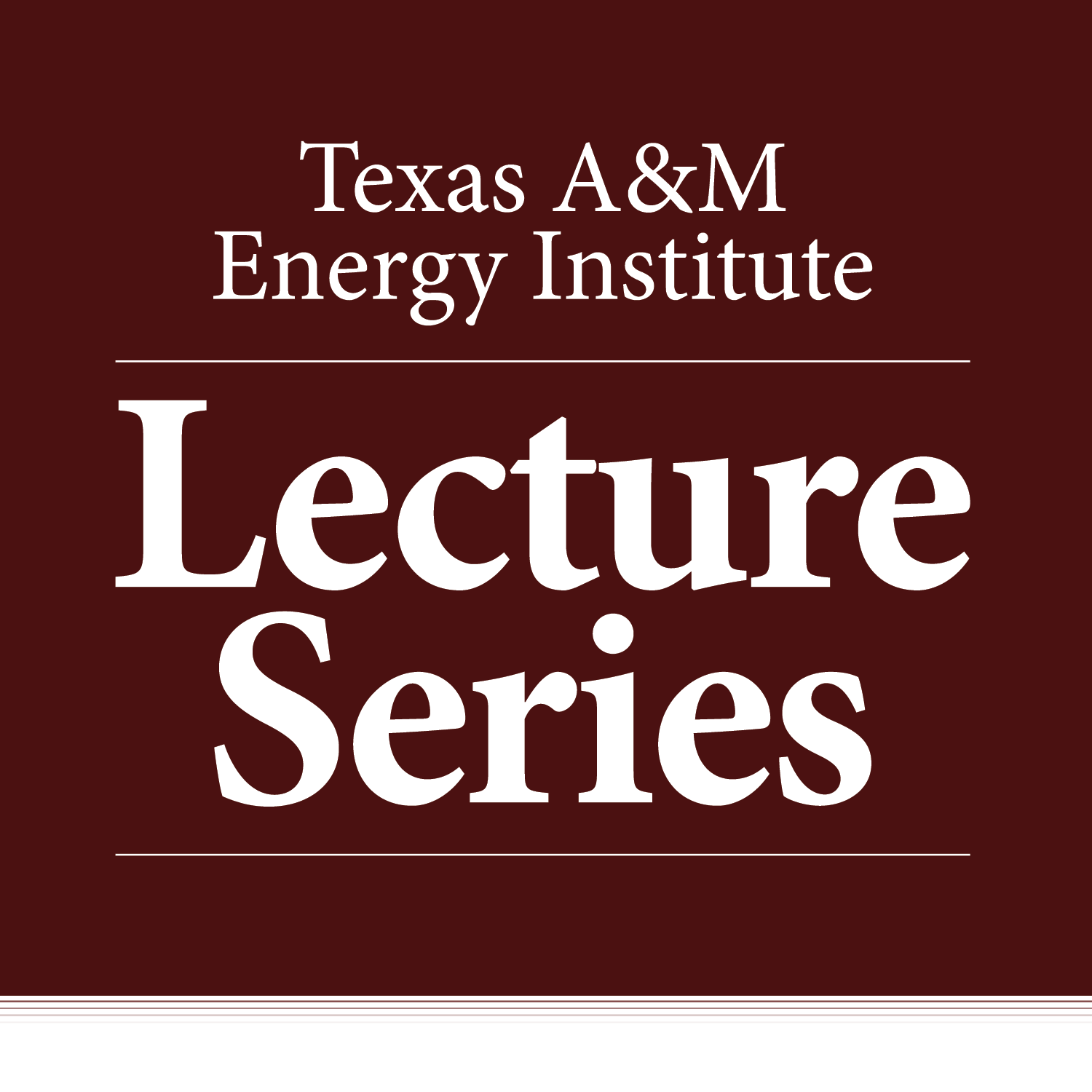
The Permian Basin Of Texas & New Mexico:
The Jewel in the Crown of North American Oil & Gas
The next presentation in the Texas A&M Energy Institute Lecture Series, featuring Dr. Mukul Bhatia, an Executive Professor and Director of the Berg-Hughes Center for Petroleum and Sedimentary Systems at Texas A&M University, will be held on Tuesday, March 20, 2018 from 3:00 p.m. – 4:30 p.m. in the Frederick E. Giesecke Engineering Research Building (GERB) Third Floor Conference Room. The topic will be “The Permian Basin Of Texas & New Mexico: The Jewel in the Crown of North American Oil & Gas.”
Biography
Dr. Mukul Bhatia is currently an Executive Professor and the Director of the Berg-Hughes Center for Petroleum and Sedimentary Systems. He joined Texas A&M University after working in the oil and gas industry for 34 years, including 27 years with BHP Billiton Petroleum in Australia and the United States.
A major part of his experience involves the integration of geoscience and engineering functions for the development of both deepwater fields and shale plays. Bhatia was previously a senior subsurface manager and led integrated teams of geoscientists and engineers for a number of sub-salt deepwater developments in the Gulf of Mexico. In addition, he led several production teams working on unconventional resource developments in the lower 48 United States. As the global production geoscience leader for BHP Billiton, Bhatia was responsible for the development of several major fields in Australia, Algeria, Asia, the North Sea, Trinidad and Tobago and the U.S. Gulf of Mexico. Prior to BHP Billiton, he worked for Elf Aquitaine (now Total) and the Australian Gas Light Company in Sydney and was involved in several LNG and domestic gas projects.
Abstract
Unconventional oil and gas shale resources are transforming the global energy outlook with the largest impact being seen in the United States – and specifically Texas.
The Permian Basin of West Texas and New Mexico is the largest oil patch in the U.S. and the most prolific basin in the world. Corporations and organizations invested more than $28 billion in land acquisition in 2016, which is more than triple what was spent in 2015. In the past eighteen months alone, a remarkable increase in the drilling activity in the Permian Basin has been observed. Further, of the 930 rigs drilling horizontal wells in the U.S., the Permian Basin alone is the location of 450. It is estimated that some 50,000 wells will be drilled in the Permian Basin in the future.
The current challenges in developing the 4000-foot reservoir section in the Permian Basin are: optimization of development plans; improvement of recovery and rates; and the investigation of the impact of water production, water disposal and field development on seismicity, environment and on human life. The drilling of additional wells will raise the average demand of approximately five million barrels of water per day and approximately two billion barrels of water annually. Current demand through 2040 could eventually exceed 40 billion barrels of water. Further complicating the scenario, the produced saline water in the Permian Basin is higher than in the other unconventional plays in Texas.
